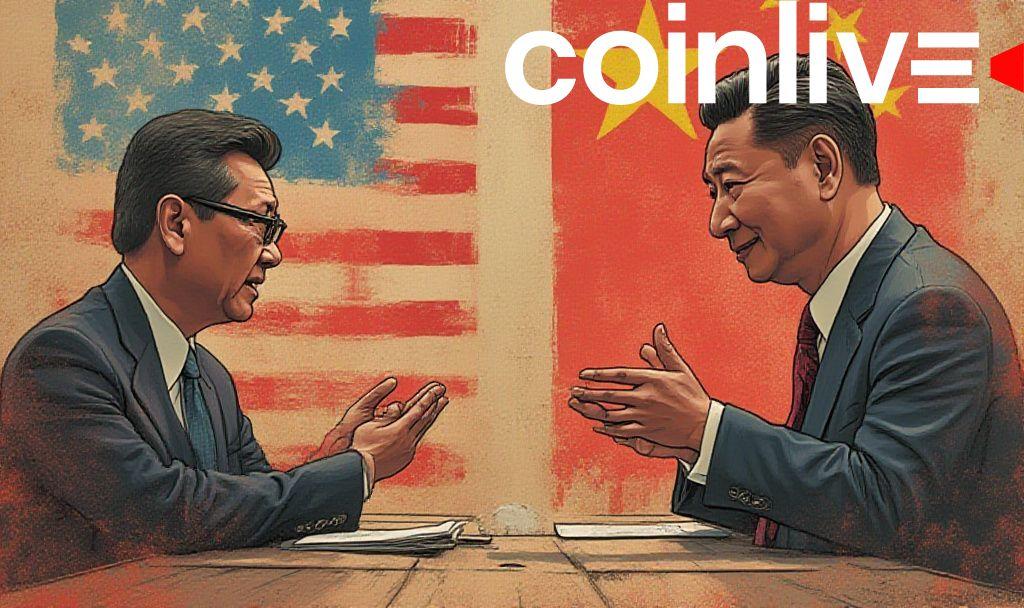- US-China reduce tariffs, impacting global markets.
- Tariffs reduced by 115% with a 10% remaining.
- Agreement fosters expanded market access discussions.

The agreement represents a potential easing of trade tensions, likely affecting global economic stability and trade relations.
US and China reached a key trade agreement in Geneva after lengthy negotiations, temporarily reducing certain tariffs while retaining others. This marks a partial resolution to heightened trade tensions that spurred earlier tariff impositions.
Key players include President Trump’s administration and Chinese officials. The agreement promises to reduce tariffs and suspend key duties on imported goods, sparking significant economic shifts. “This agreement marks a Historic Trade Win for the United States and exemplifies my unparalleled expertise in securing deals that benefit the American people.” – President Donald Trump
The resulting tariff changes are expected to impact global markets and stimulate bilateral trade. Economies dependent on trade with these nations may observe financial shifts as a consequence.
The financial implications are substantial, as the agreement seeks to address longstanding trade deficits and imbalances. Politically, this could enhance cooperative relations between the US and China. Gist by Rasecresende on GitHub
The reduction in trade barriers signals potential regulatory relaxation and technological collaboration. Industries previously affected by tariffs might see improved market conditions, benefiting sectors reliant on export-oriented growth.
Analysts predict the easing of tariffs and restoring trade relationships could bolster economic growth in both nations. Historical precedents show similar agreements leading to reduced tensions and augmented financial cooperation.








